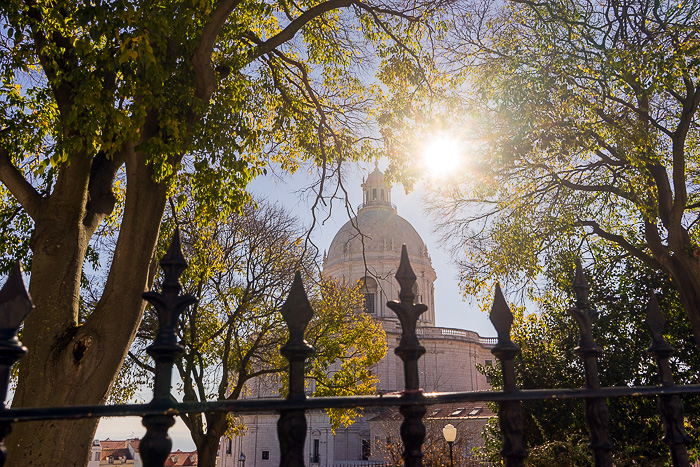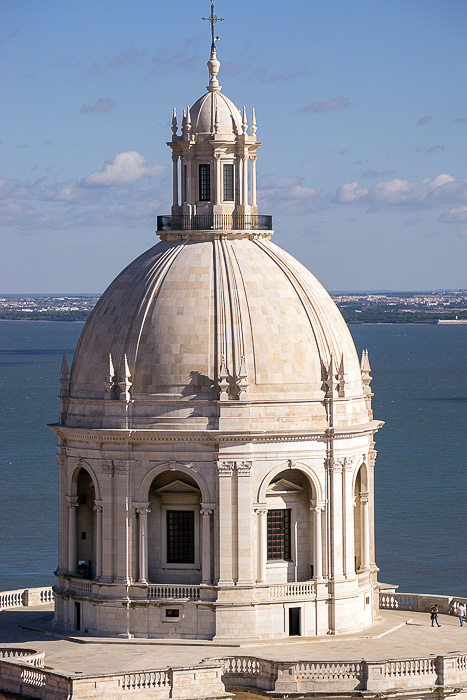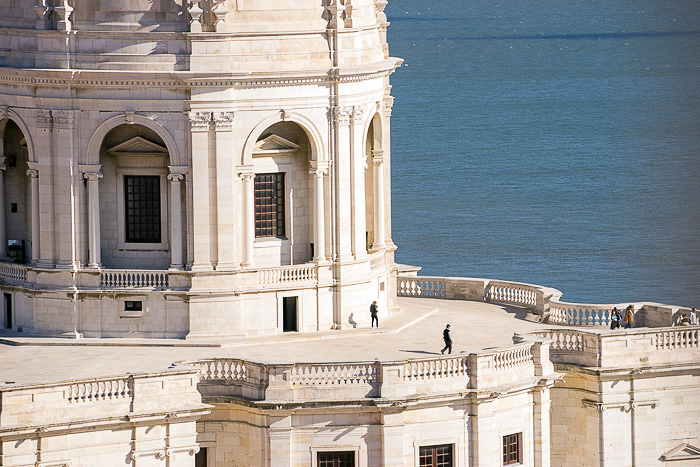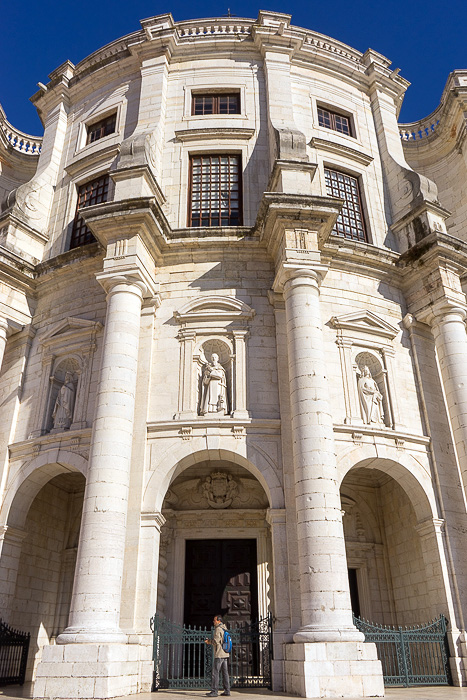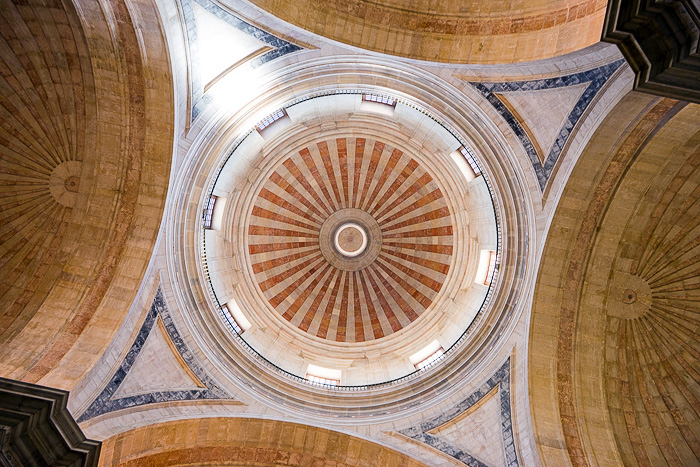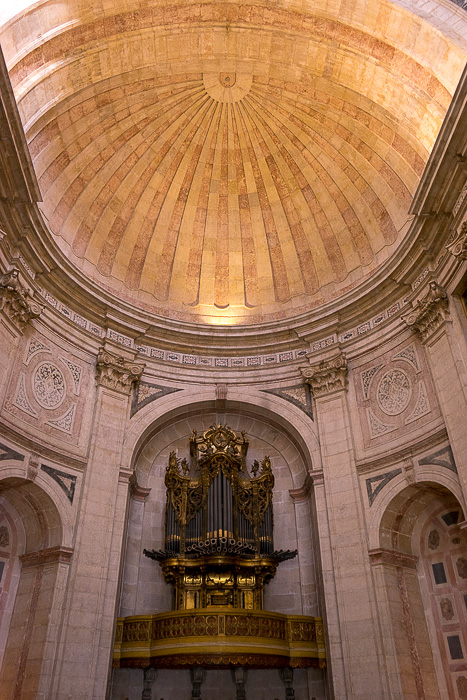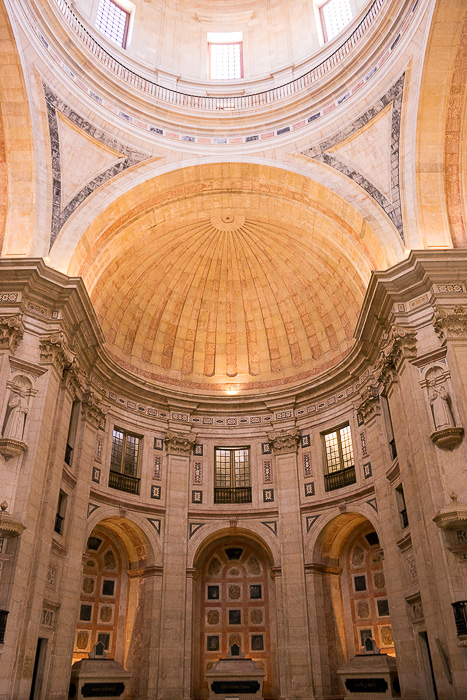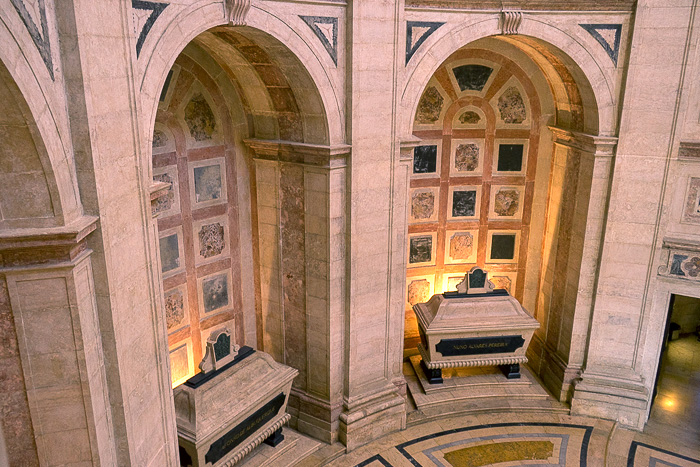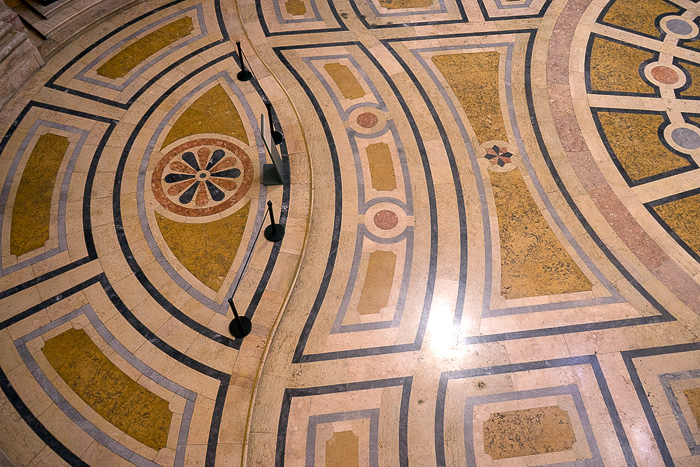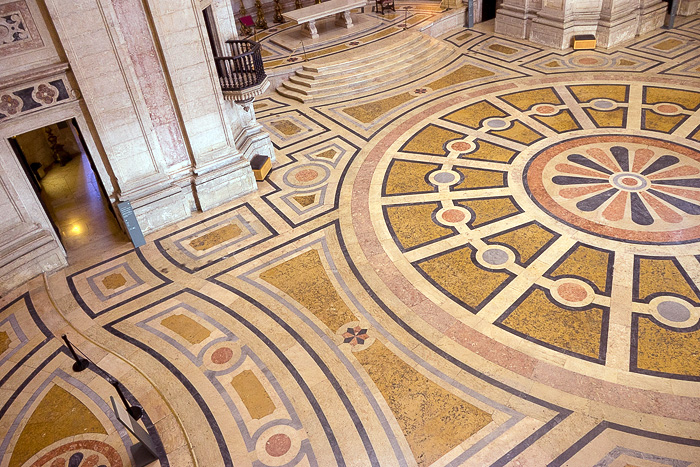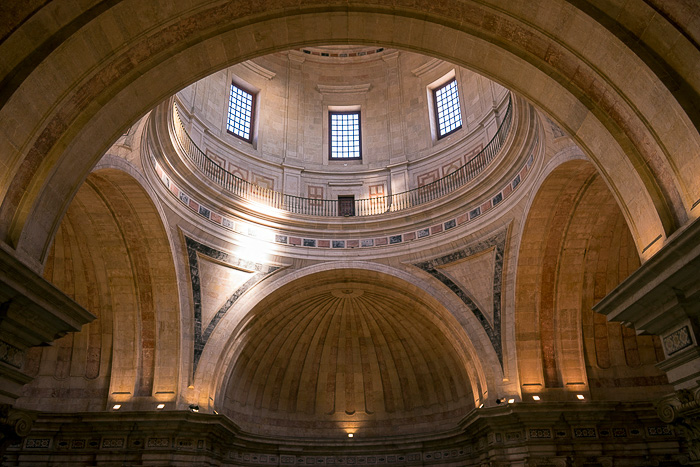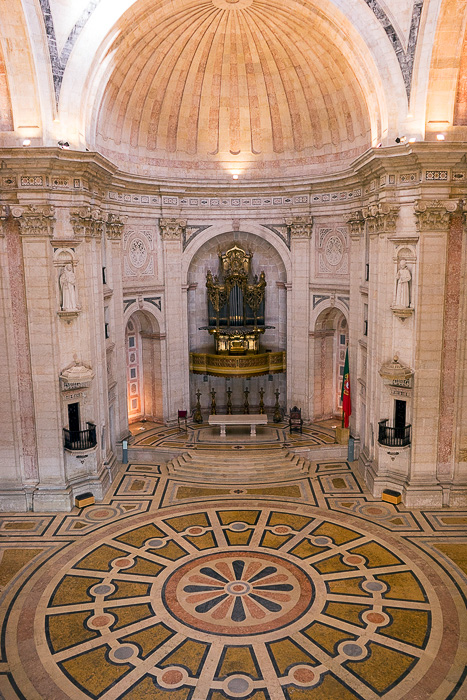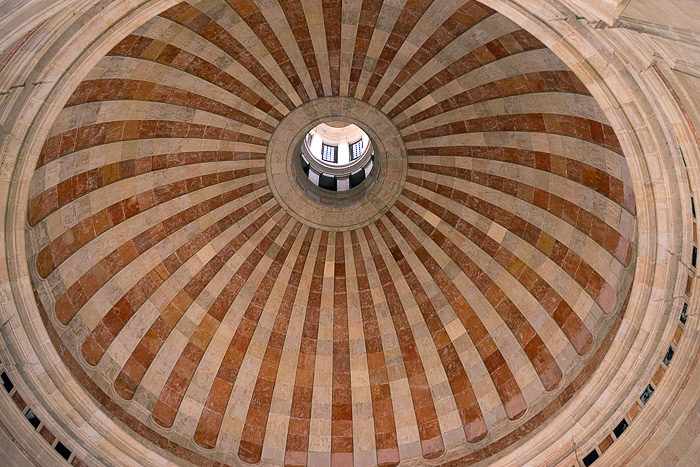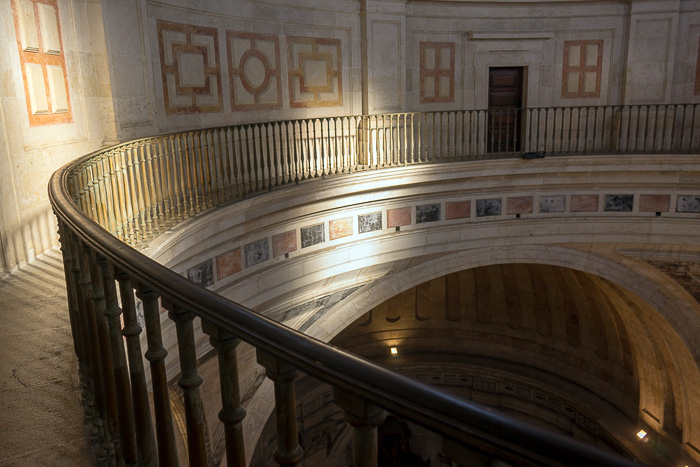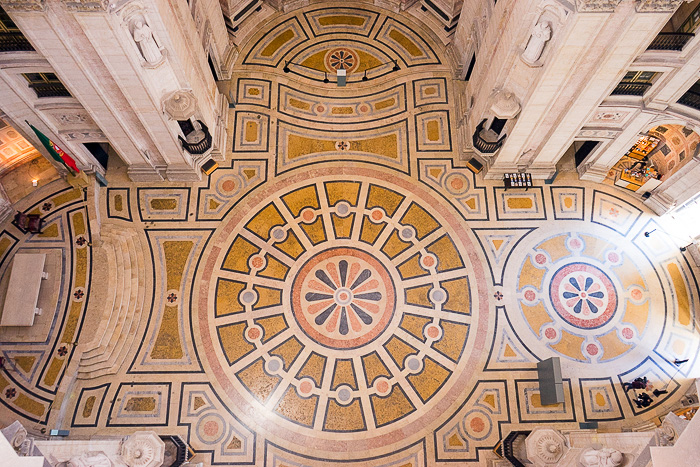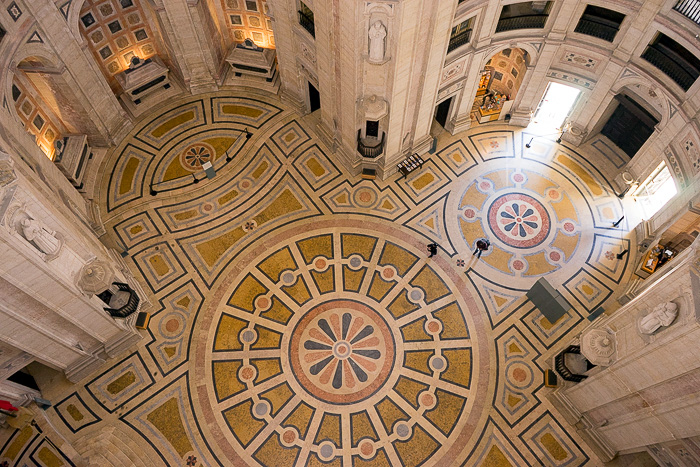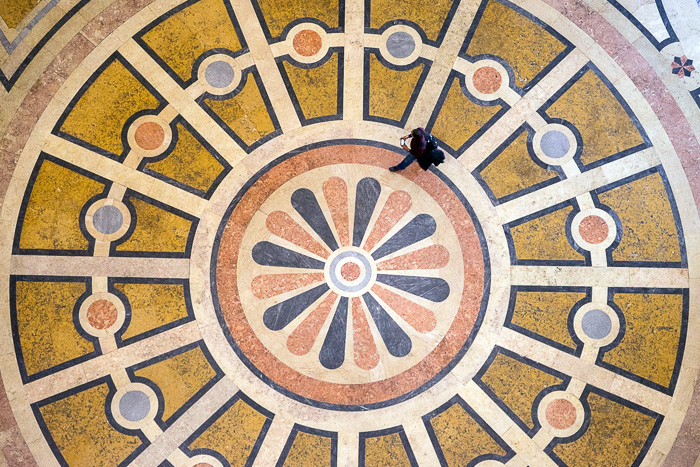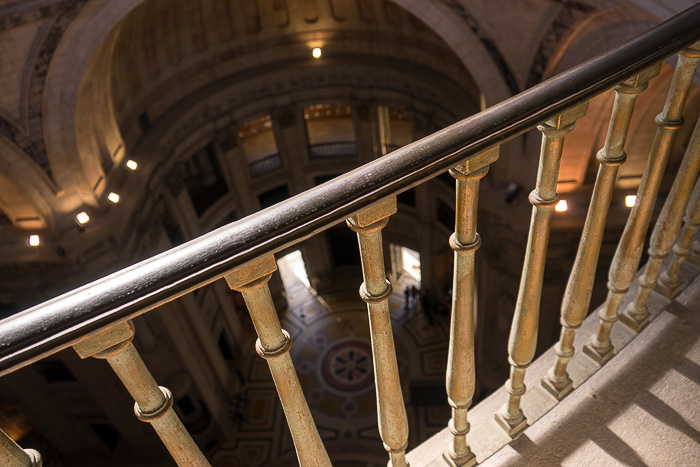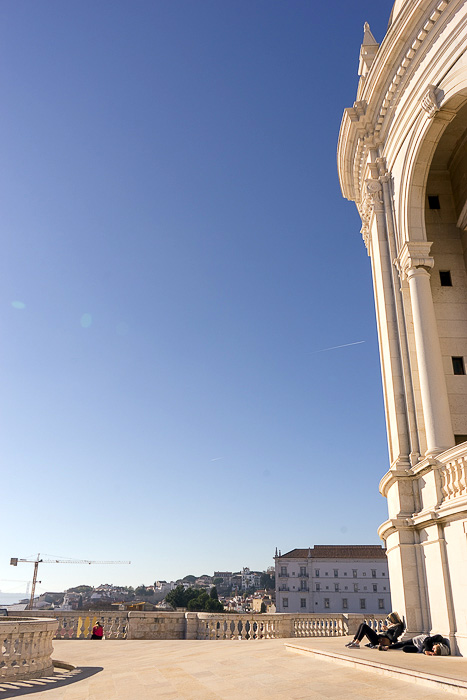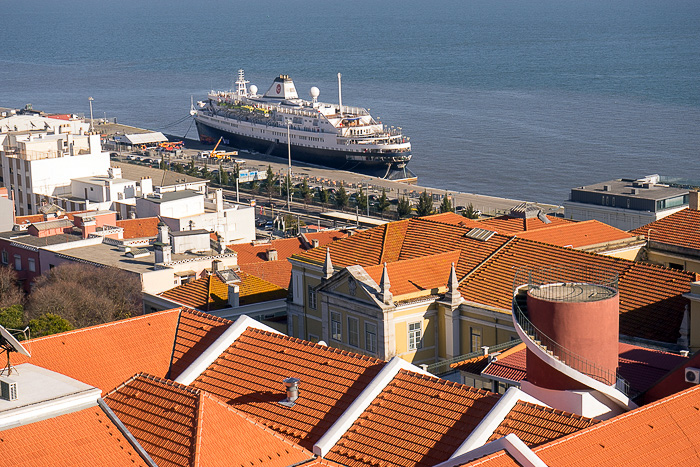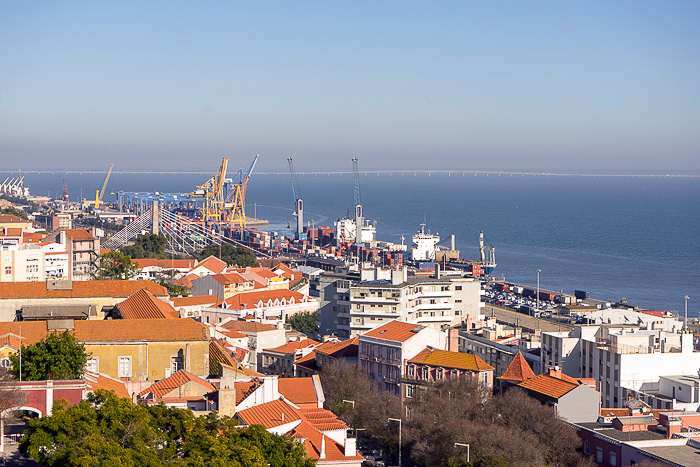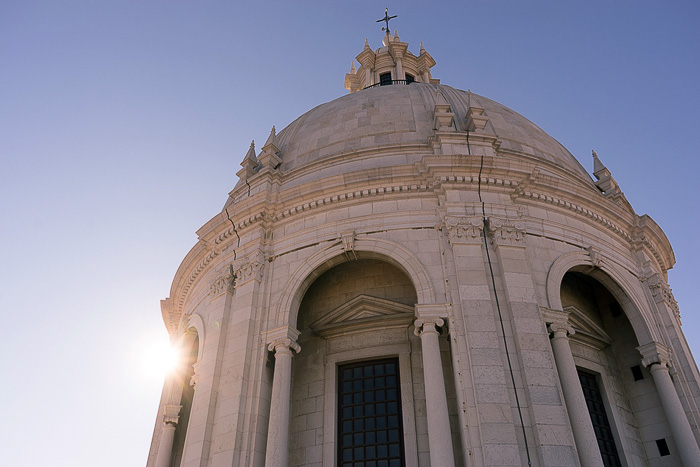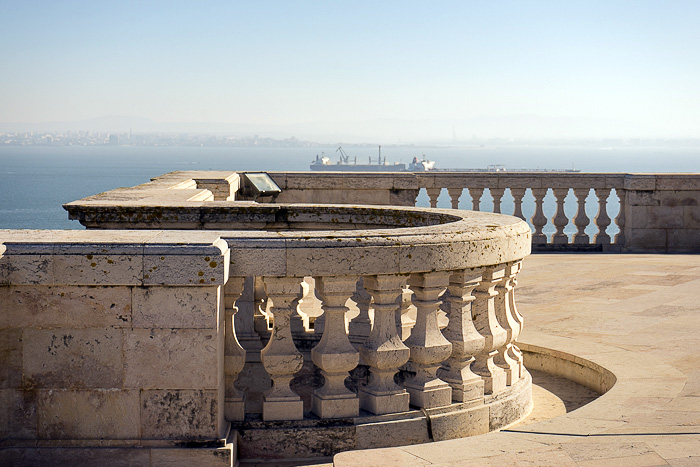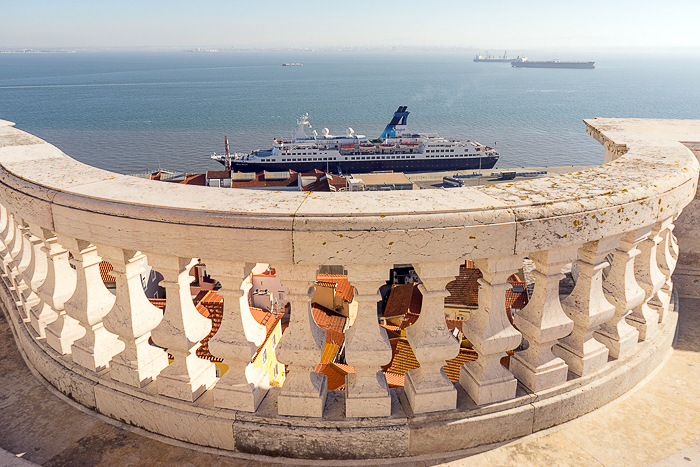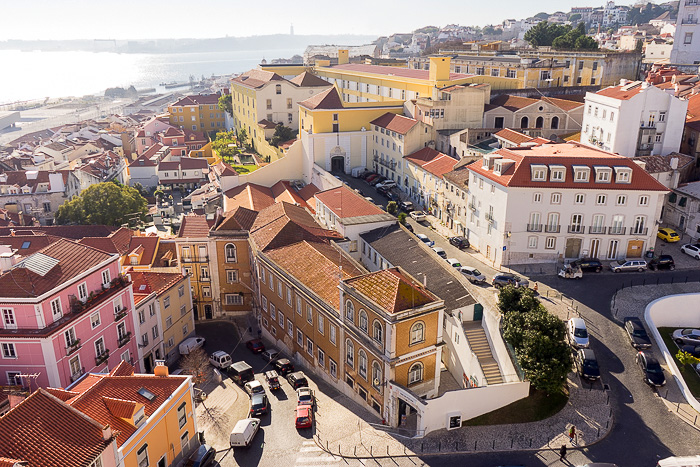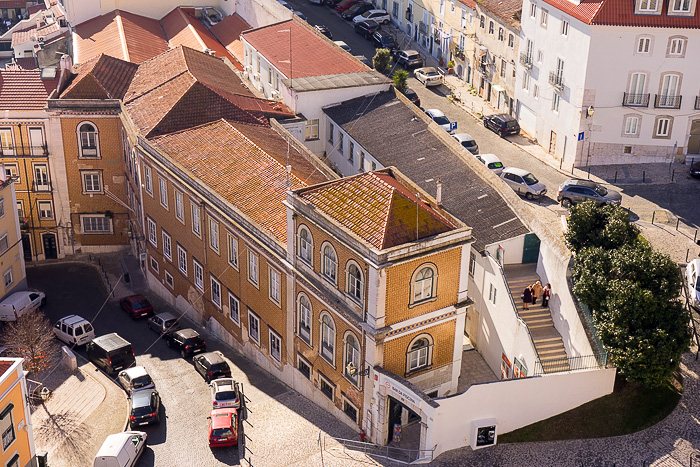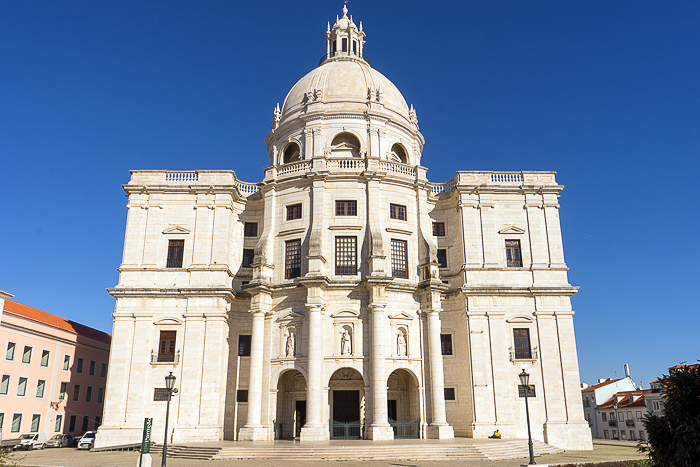The National Pantheon at the Santa Engrácia
Ever since arriving in Lisbon, we had been aware of the Igreja da Santa Engrácia, with its massive dome capping the skyline of Alfama, and wondered how beautiful the church inside must be. Upon visiting, we immediately realized that, while beautiful it is… a church it isn’t. At least, not anymore. Today, the Santa Engrácia holds the National Pantheon, which honors some of the country’s most prestigious historical figures.
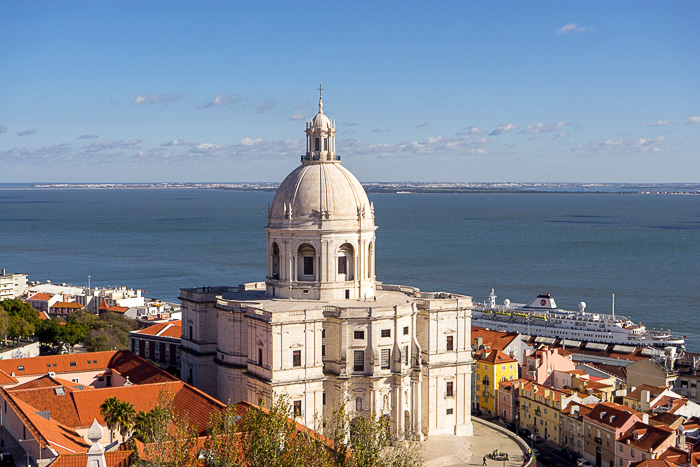
Work began on the Santa Engrácia in 1682, but construction wasn’t finished until 1966, with the completion of the dome. Thanks to this nearly 300-year delay, the Portuguese still use the phrase “Obras de Santa Engracia” to refer to any seemingly never-ending process.
By the time the church was finally ready, Lisbon no longer needed it; instead, it was made into the National Pantheon, to act as the final resting place for authors, politicians and entertainers, such as the singer Amália Rodrigues and footballing great Eusébio. There are also cenotaphs (grave markers for people buried in other places) for people like Vasco da Gama and Prince Henry the Navigator.
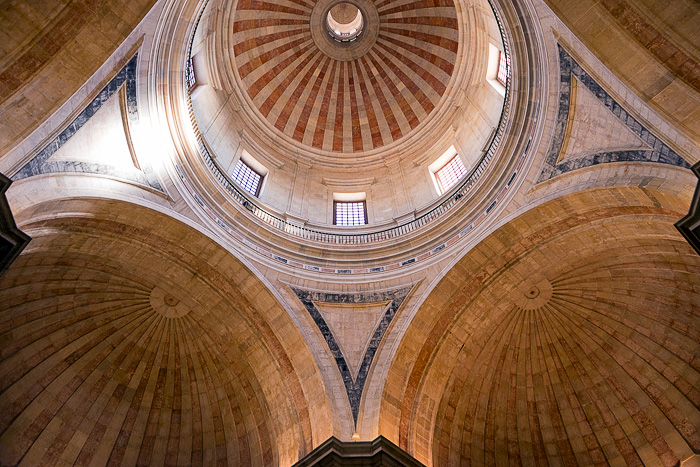
Stepping inside the pantheon is breathtaking; the building is immense, and almost completely hollow. The floors and walls are decorated with marble patterns, which you can best appreciate from the upper stories. Visitors are allowed to climb all the way to the top floor, just underneath the dome, and out onto the rooftop terrace, for an incredible view over Alfama and the Tagus River.
